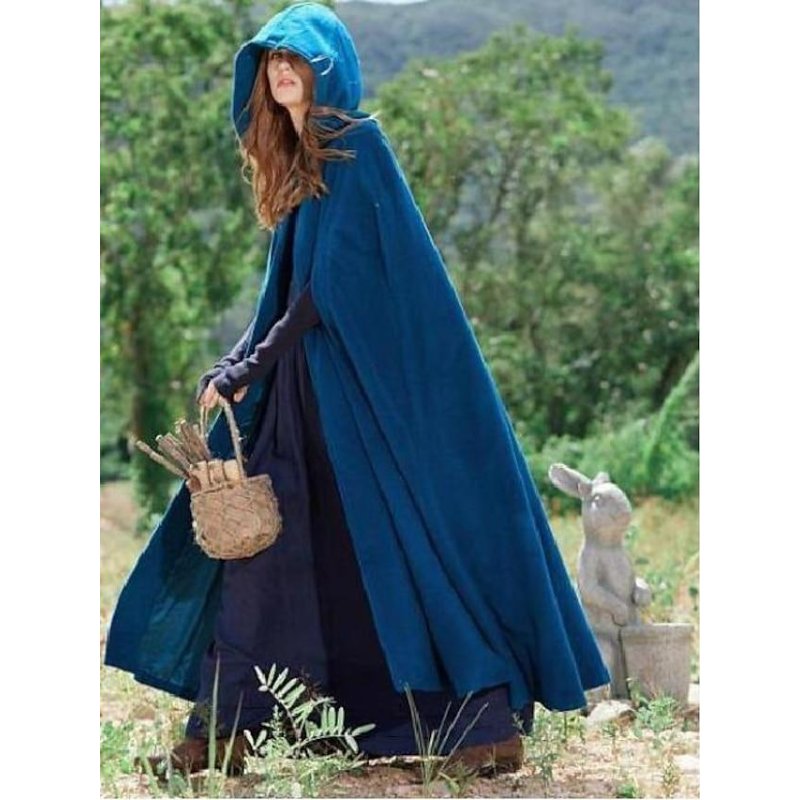The Evolution of Fashion: How Clothing Has Changed Over the Years
Tag: fashion, clothing, evolution, trends, style
From ancient times to modern day, fashion has undergone a major transformation. What was once simply a means of protection from the elements has now become a symbol of self-expression and cultural identity. As we take a journey through the evolution of fashion throughout history, let’s explore how clothing has changed and evolved over the years.
The earliest form of clothing can be traced back to around 100,000 to 500,000 years ago when humans started using animal hides for warmth and protection. But it wasn’t until about 30,000 years ago that decorative elements such as beads and shells were added to these garments for aesthetic purposes.
Fast forward to Ancient Egypt where fashion played an integral role in society. Here we see intricate designs and elaborate jewelry being worn by both men and women as a signifier of wealth and status. In contrast, Ancient Greece focused more on simplicity with draped fabrics like togas being popular among citizens.
During the Middle Ages in Europe (5th-15th century), clothing became more structured with layers upon layers being worn by both men and women. It was also during this time that certain colors came to represent different social classes – purple for royalty, red for nobility, etc.
The Renaissance period brought about dramatic changes in fashion with new fabrics such as silk becoming increasingly popular among wealthy individuals. This era saw tighter silhouettes for both men and women along with intricate patterns inspired by nature.
In the 18th century came Marie Antoinette who is famously known for her extravagant gowns adorned with lace, ribbons,and bows. This era also saw corsets becoming popular among women which resulted in extremely narrow waists being seen as desirable.
The industrial revolution in the late 19th century paved way for ready-to-wear clothing which made fashionable clothes accessible to the masses. The Victorian era saw women’s clothing becoming more constrictive with tight corsets and multiple layers being worn.
The 1920s marked a significant shift in fashion with the rise of “flapper” style – short skirts, bobbed hair, and loose-fitting garments which challenged traditional gender norms. This trend continued into the 1930s where Hollywood stars like Audrey Hepburn popularized sleek and elegant styles.
The post-World War II period brought about new materials such as nylon and polyester which revolutionized fashion by allowing for more affordable and versatile clothing options. The 1960s witnessed a major cultural shift with hippie culture influencing fashion trends that emphasized comfort over conformity.
Today, we see fashion constantly evolving with trends coming in and out at lightning speed thanks to social media influence. From streetwear to athleisure, there is no doubt that clothing has become an important form of self-expression for individuals all around the world.
In conclusion, it is clear that throughout history, fashion has not only changed but also reflected societal values and beliefs. Clothing

